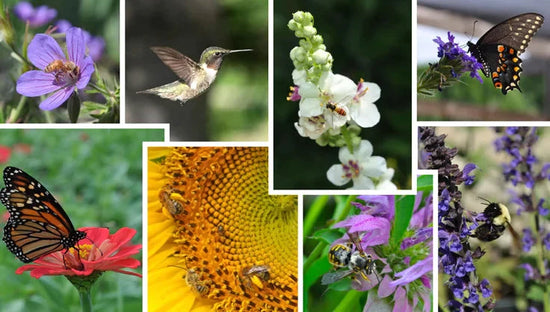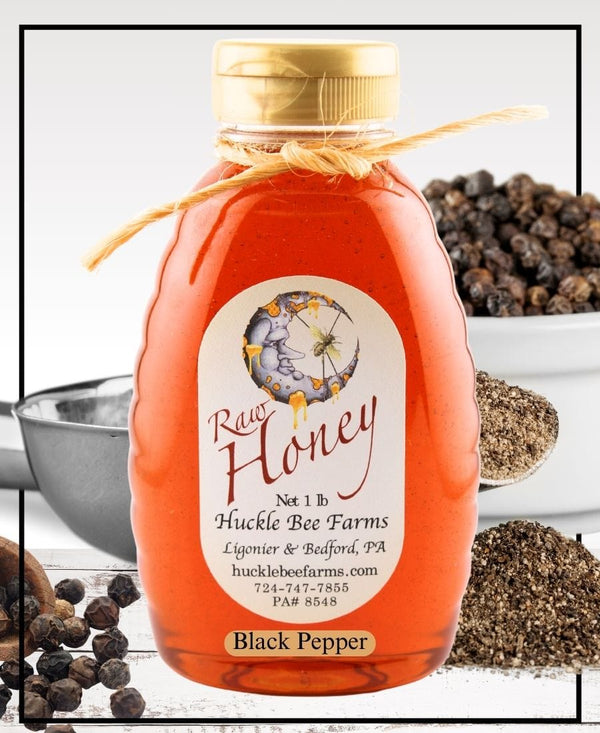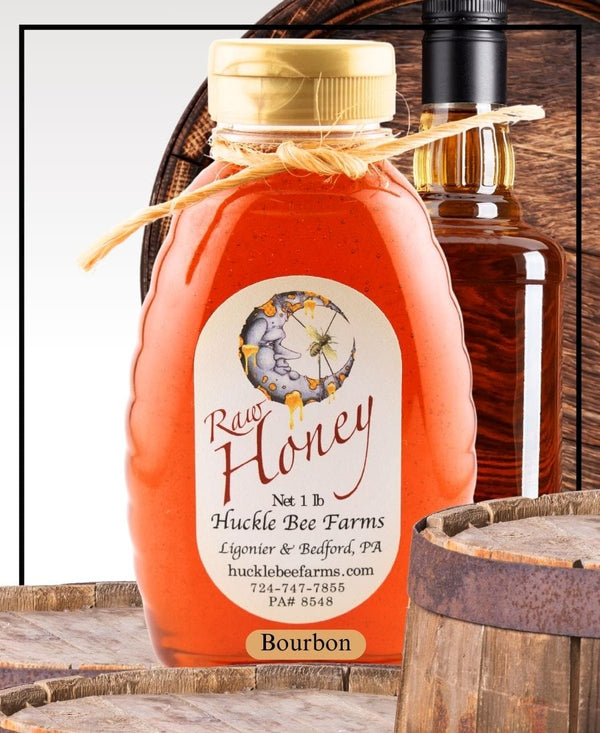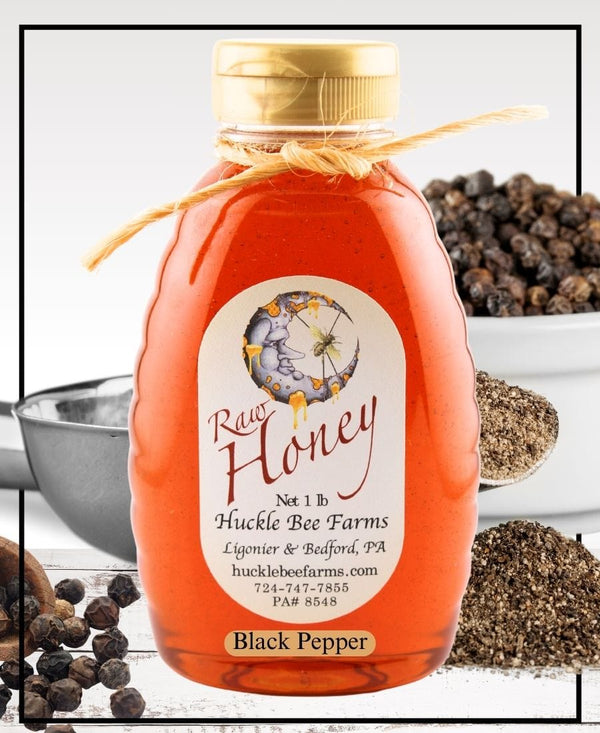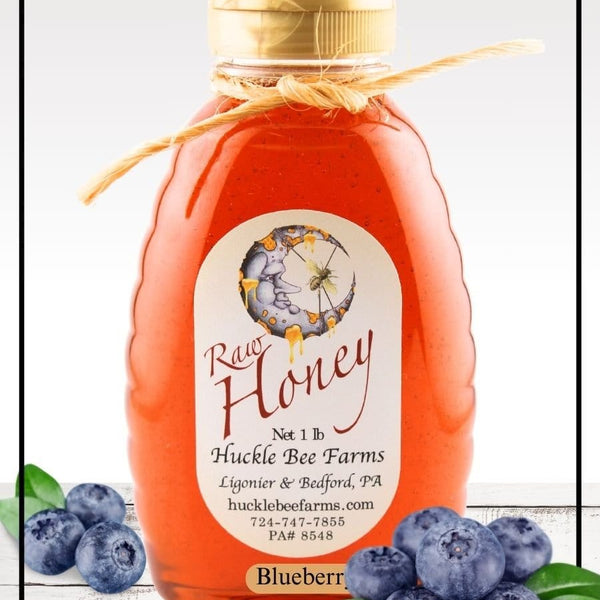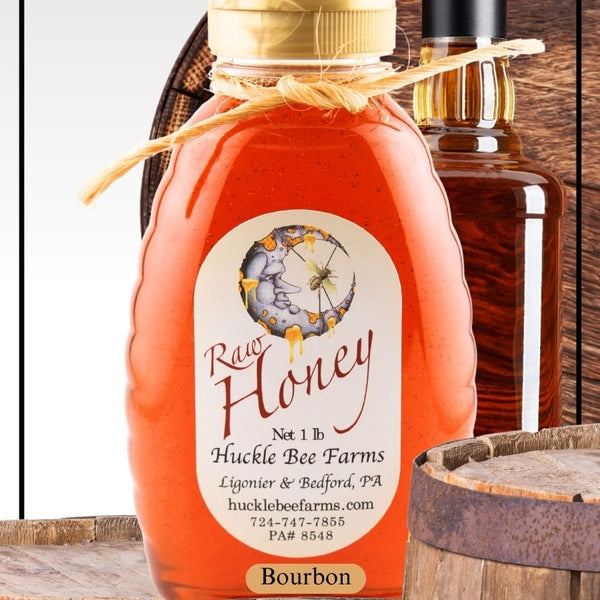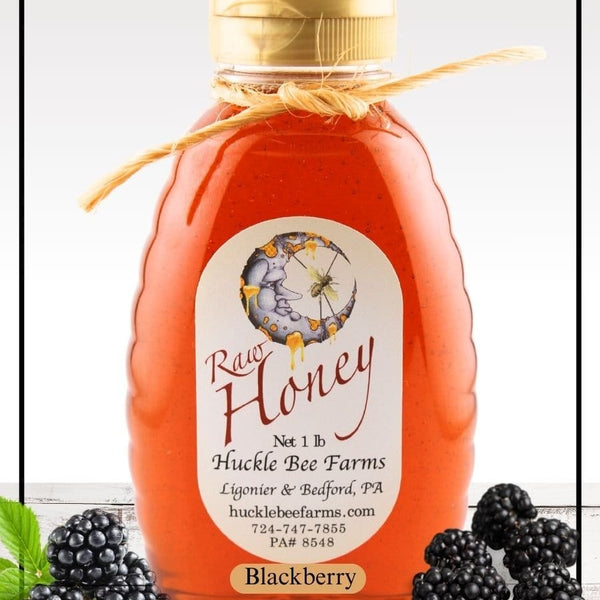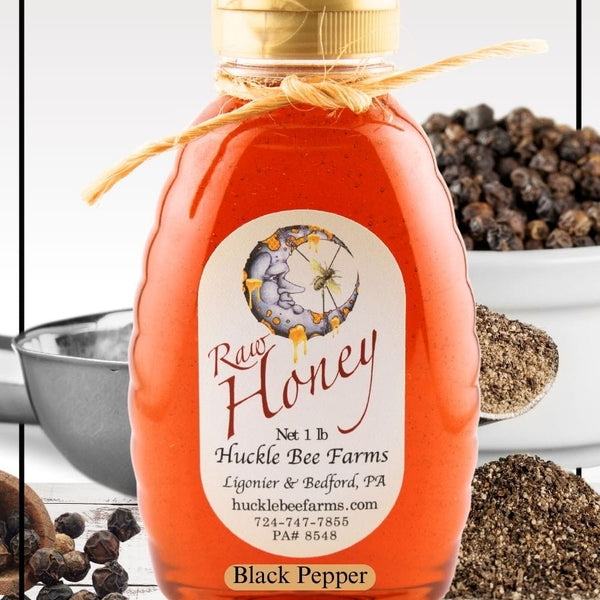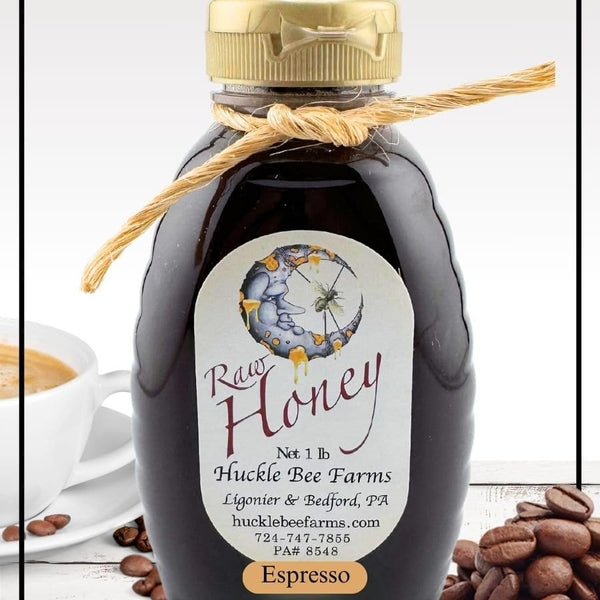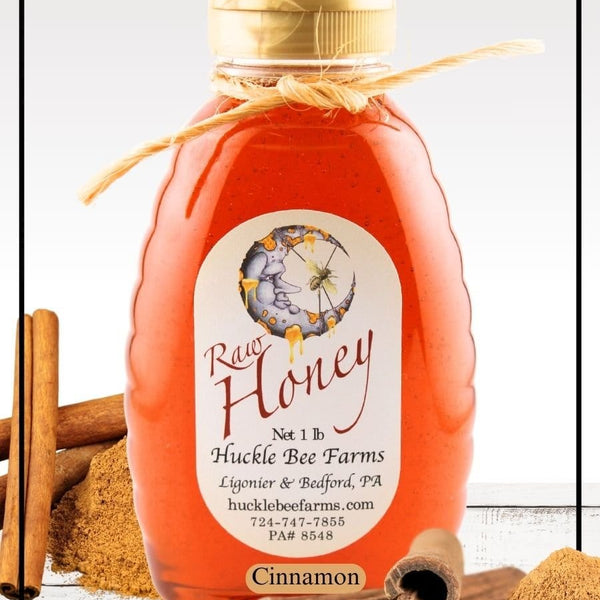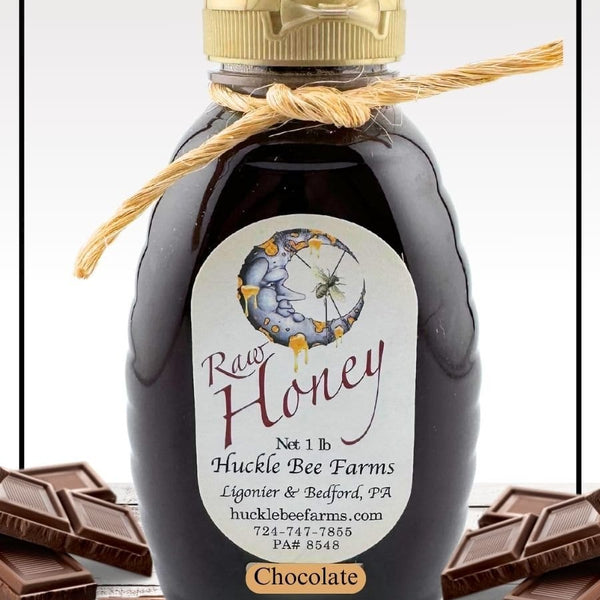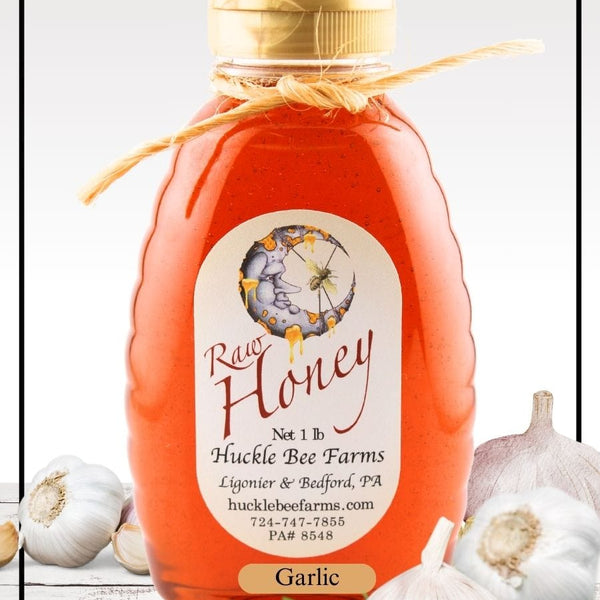
Pollinator Garden : Best Plants and Tips for Success
Our buzzing companions are facing a quiet crisis. Habitat loss, pesticides, and climatic changes conspire against them, stripping away the floral havens they once thrived upon. Yet, within this daunting scene lies an opportunity for amalgamating conservation with aesthetic allure:
Crafting a sanctuary tailored to pollinators can restore the delicate balance disrupted by modernity's march.
Inherent to sustainable ecosystems, pollinating species are indispensable links in the tapestry of biodiversity.
By introducing a pollinator garden, you become an orchestrator of rebirth, enriching your domain with a mosaic of color, fragrance, and vibrant life.
Selecting Bee-Friendly Plants

In picking out plants for your bees and other pollinators like hummingbirds, aim for a variety blending nectar and pollen-rich species. This diverse menu ensures that pollinators find nutrition throughout their foraging seasons.
Focus on native plants, as these are often most beneficial, providing the precise resources local pollinators have adapted to. Aim to include flowering plants like lavender, bee balm, and cosmos, which are renowned for their attractiveness to bees. Moreover, strive for a succession of blooms—spring through fall—to keep your garden a constant haven for these vital creatures. Remember, the more diverse the plant selection, the more pollinators you are likely to support.

Native Species for Resilience
Incorporating native plants fosters garden hardiness and underpins an intrinsic ecological stability, providing pollinators with the nourishment they've evolved alongside.
Utilizing flora like milkweed, coneflowers, and wild lupines, which are native to the area, reinforces a natural cycle. These plants are adept at resisting local pests and thriving in regional weather conditions. Perfect for your pollinator gardens.
"Native species support a web of life beyond pollinators, sustaining local wildlife and ecosystems."
Specially adapted to local climates and soils, native plants require less maintenance than their non-native counterparts. Consequently, they offer a sustainable solution for your garden's design while bolstering the health and diversity of the pollinator population.
Continuous Bloom Variety

A mosaic of blooms, unfurling sequentially throughout the seasons, ensures that pollinators have a reliable source of nectar and pollen. Aim to include a range of flowering plants that blossom at different times for ongoing appeal.
Ensure your garden has plants flowering in each season.
Importantly, overlap bloom times for a steady supply of resources. By choosing varieties like aster (which blooms late) or crocus (an early bloomer), you bridge seasonal gaps.
Intersperse early, mid, and late-season bloomers to sustain pollinators' needs continuously. This strategy prevents resource scarcity during transitional periods like spring to summer or summer to fall.
Select species that offer a succession of blooms, such as sunflower, Joe-Pye weed, and goldenrod, creating an evolving landscape of color and sustenance from early spring through late fall. This approach entices a broad range of pollinators and enriches the garden's aesthetics continuously.
Creating a bee pollinator garden is not only beneficial for the bees but also contributes to biodiversity and the health of your local ecosystem. Here's a list of additional plants of that attract and support bees:
- Bee Balm (Monarda): Bee balm is aptly named for its attractiveness to bees. Its colorful flowers provide nectar throughout the growing season.
- Salvia: Salvias produce spikes of vibrant flowers that bees love. They come in many different colors and varieties.
- Black-eyed Susans (Rudbeckia): These daisy-like flowers are easy to grow and a favorite of many bee species.
- Catmint: Catmint is a low-maintenance perennial that produces small, fragrant flowers that bees adore.
- Phlox: Phlox comes in many different colors and varieties, all of which are attractive to bees.
- Butterfly Bush (Buddleja): As the name suggests, butterfly bush attracts butterflies, but it's also a favorite of bees.
- Honeysuckle: Honeysuckle vines produce fragrant flowers that are irresistible to bees.
- Liatris (Blazing Star): Liatris produces tall spikes of purple flowers that are highly attractive to bees and other pollinators.
- Penstemon: Penstemon, also known as beardtongue, produces tubular flowers that are perfect for bees to feed from.When planning your bee pollinator garden, try to include a variety of plants that bloom at different flowering season to provide a continuous food source for bees.
Finally, be mindful of each plant's lifespan. Perennials offer longer-term stability, while annuals can fill in gaps and provide a burst of fresh resources each year.
Garden Layout Strategies
Creating a harmonious pollinator garden means considering not only plant species but also their placement. A mosaic approach is key, blending heights, colors, and textures for a visually and ecologically cohesive space. Arrange plants in clusters or drifts rather than in single, isolated specimens, to draw pollinators more effectively and maintain better visual appeal.
In this design, foresee the interplay of light and shadow as plants grow. Position taller species like sunflowers or Joe-Pye weeds to the back or center of beds depending on sun direction, avoiding unwanted shade on smaller sun-loving species. Include "stepping stones" of continuous bloom among different areas to guide pollinators through the garden and maximize their foraging efficiency.
Sunlight and Shelter Considerations
Providing ample sunlight is essential for a thriving pollinator haven, with most flowering plants requiring six or more hours daily. However, some species do thrive in partial sun or shade, making them excellent choices for those less sun-drenched spaces.
Structures like trellises or shrubs can offer vital shelter. These elements protect delicate pollinators from strong winds and predators, enhancing garden resiliency.
Consideration for varying sunlight needs is crucial; it dictates plant vitality and attractiveness to pollinators. Ensure that plants requiring full sun aren't overshadowed by taller companions as they mature, unintentionally creating shade spots where none were intended.
A thoughtful design incorporates elements like rocks or water features that serve multiple purposes: offering refuge and basking spots, providing hydration, and potentially even acting as overwintering sites for certain species. Additionally, these features can introduce a pleasing aesthetic dimension, reflecting the true nature of a pollinator's habitat. It's about creating a "microclimate" within the garden that caters to the diverse needs of pollinators through every season.
Plant Grouping for Pollinators
Planting Ideas
A. Chocolate Joe Pye weed
B. Perennial geranium
C. Black-eyed Susan
D. Cat's Meow catmint
E Orange calendula (aka pot marigold)
F. Garden thyme
G. Snow Princess sweet alyssum

Planting Ideas
A. Gayfeather
B. Purple Dome aster
C. Orange milkweed
D. Coneflower
E. Zinnia
F. Nasturtium
G. Snow Princess sweet alyssum

Planting Ideas
A. Red hot poker
B. Raspberry Daiquiri hummingbird mint
C. Beardtongue
D. Salvia (aka meadow sage)
E Fuchsia
F. Nasturtium
G. Bee Balm

Visit: Gardeners Supply Company
Gathering plants in clusters is key for pollinator efficiency and attraction. Grouping similar flowers together offers an inviting target for bees and butterflies seeking nectar.
By clumping flowers, we create a more significant visual signal and scent footprint, beckoning pollinators from afar. This consolidation conserves their energy, as they can collect more nectar with less travel. Varied bloom times within these clusters ensure ongoing food sources, extending a warm welcome throughout the growing seasons.
Look to plant species that bloom in succession for a garden that never sleeps. This strategic overlap provides an unbroken cycle of sustenance, making your garden a favored pit stop for pollinators. The result is a vibrant tapestry of colors and textures that's as delightful to look at as it is functional.
Finally, incorporate plants with different forms—tall spikes, round umbels, and flat blossoms—to meet varied pollinator preferences. This diversity guarantees a wide appeal, turning your garden into a bustling hub of activity. These architectural variances also promote robust ecological interactions, which strengthen the overall health and resilience of your pollinator sanctuary.
Supporting Habitat Features
Beyond flowers, include elements like rocks for sunning and water sources for hydration, which elevate a garden's allure for various insect travelers.
To anchor your sanctuary firmly within the ecosystem, integrate native grasses and shrubs. These provide crucial shelter and nesting sites that are indispensable for the full life-cycle support of pollinators.
Mimic nature’s complexity by interspersing bare ground and decomposing logs, essential for certain bees and beetles that nest or forage within such substrates.
Water Sources for Bees
Providing water is as vital as offering nectar and pollen for a thriving pollinator garden. A shallow basin or dish can suffice, ornamented with pebbles or twigs for safe landings.
Bird baths, often too deep, aren't ideal for thirsty bees. Opt for shallower water features or place stones inside for bees to perch on.
To mimic bees’ natural watering holes, install a drip irrigation system that leaves small puddles or wet areas on flat stones or in a section of sand. It should offer a reliable water source without posing a drowning hazard.
Additionally, consider a water feature that recirculates, like a fountain or a small pond. The sound of moving water can attract pollinators and the design should allow for safe access and easy escape to prevent drowning. A gentle beach-entry slope or a stepping stone arrangement in the water can significantly enhance safety, blending aesthetics with functionality. Remember to avoid "slick" surfaces where bees might lose their footing.
Nesting and Overwintering Sites
Pollinators require secure habitats to nest and survive the winter. Simple provisions can create welcoming spaces for these vital garden guests.
Beyond blooms, a pollinator garden must cater to the life cycle needs of bees and other insects, prioritizing habitats for nesting and overwintering. Untidy patches of garden, like a stack of dead wood or a bundle of hollow twigs, provide refuge and nesting spots for solitary bees and insects. These natural nooks can be crucial for their life cycle, offering protection against harsh weather and predators.
Bear in mind, different species have diverse nesting preferences. Some burrow into the ground, others choose hollow stems, and some prefer cavities in wood. By including a range of materials and textures, your garden can host a broader spectrum of pollinators. A layered approach that combines vertical and horizontal elements, with various sizes of crevices and openings, will invite a variety of nesting behaviours.
For longevity, design and position these sites with care to ensure they are undisturbed throughout the year. Nesting boxes should be securely mounted, shielded from extreme weather, and placed away from high traffic areas. To maintain the health of the pollinator population, avoid using pesticides near these habitats. Some ground-dwelling bees may nest in well-drained, bare soil; thus, leaving patches of undisturbed land can also be beneficial. These nesting sites enrich the ecology of your garden and can significantly impact the sustainability and resilience of pollinator communities.
Maintenance for Pollinator Health

To foster resilience, avoid pesticides and opt for organic mulches that support soil health near nesting sites. These practices ensure that the delicate balance within the pollinator ecosystem remains undisturbed, fostering a sanctuary for various species.
Regular monitoring is essential to safeguard these havens. Observe plant health and remove invasive species promptly to prevent them from overpowering nectar-rich plants. Moreover, refreshing water sources and keeping them clean helps to prevent the spread of disease among pollinators.
Engage in seasonal pruning with a gentle hand, which can help maintain plant vigor without disrupting the intricate lives of garden residents. This mindful approach sustains a thriving, harmonious environment for pollinators year-round.
Pesticide-Free Practices
Pesticides are poison plain and simple, meant to kill or deter pests. However, their toxic reach can extend to the critical pollinators your garden aims to nurture and protect.
On a practical level, embracing pesticide-free practices calls for rigorous observation and manual intervention. By physically removing pests or using natural deterrents, like companion planting or introducing predatory insects, you create a sanctuary that is both productive and healthful. Organic approaches tap into nature's balance, leveraging beneficial organisms to handle unwelcome guests, ensuring your garden remains a haven for pollinators.
Indeed, healthy plants are naturally more resistant to pests. Cultivating robust plants begins with rich soil amended with compost or other organic matter that nurtures plant resilience. The more vigorous your plants, the better they can withstand pests without the need for harmful chemicals that upset the delicate ecosystem balance.
Finally, education plays a crucial role in maintaining a pesticide-free environment. Learning the difference between harmful pests and helpful insects is key, as is understanding when to accept minor plant damage over toxic chemical intervention. By doing so, your pollinator garden promotes not only the well-being of bees and butterflies but also contributes to a greater ecological good, fostering environments where nature's pollinators can thrive safely.
Seasonal Garden Care Tips

Spring’s arrival heralds active maintenance, focusing on removing the winter’s debris to prepare for new growth.
As summer unfolds, regular watering becomes vital to combat the heat’s intensity, particularly during dry spells. Supplementing your garden with a layer of mulch will retain moisture, stifle weed growth, and maintain a stable soil temperature, aiding your pollinators. Consistently deadhead spent blooms to encourage more flowers, which means more food for bees and butterflies throughout the blooming period.
Come autumn, it's time for careful pruning and planting. Consider plants that bloom late to extend the food supply for pollinators before winter. This is also an opportune moment to divide perennials, ensuring their vigor and encouraging proliferation across the garden.
In winter, resist the urge to tidy up too much. Leave seed heads and dried plant material standing to provide shelter and food for pollinators who brave the colder months. As you dream of spring's return, plan enhancements based on what thrived and what was less successful, continuing the cycle of improvement for your pollinator paradise.
Some Cool Links for More Ideas:
Pollinator Garden at the National Museum of Natural History
More than Just a Pollinator Garden - Ecological Landscape Alliance
Huckle Bee Farms
www.hucklebeefarms.com




